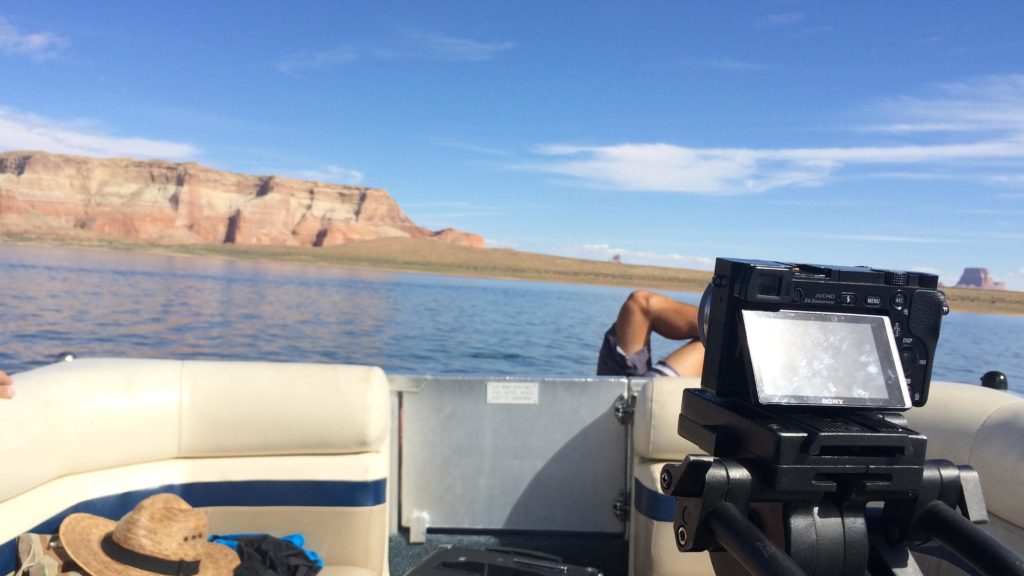
A Federal Judge found that NPS cannot charge fees for film permits, as they are unconstitutional.
Recently filmmakers and creatives were given a major win by Federal Courts. A DC Federal Judge found film permits are an unconstitutional content based restriction on free speech. The courts found that just because videographers or photographers are filming commercially, it is unconstitutional to charge fees. As it is a First Amendment violation to the United States constitution. In the past, If photographers or videographers were filming for non-commercial purposes or news content, there would be no permit. Now, the NPS cannot distinguish between commercial and non-commercial. How will this permit ban impact drone pilots who are asked to apply for permits?
What implications will this have for drone pilots is the true question. how this will affect the tools used for filmmaking In a recent episode of Ask Drone U, we discussed the potential ripple affect to drone pilots. There may even be more significant implications if this precedent is set and applied to drone pilots. Why? The tool used to capture video for permits has yet to be discussed in public. Often times drone pilots are told they cannot fly from NPS lands. Yet the NPS page tells drone pilots to apply for a film permit as local park administrators hold the ultimate authority.
The courts made it blatantly clear you cannot distinguish between commercial and “recreational” filming as it is a violation of the first amendment right. Would this have any affect on Part 107? It is yet to be known. Could this NPS case become case-law for setting further precedents when it comes to filming from the Sky? Maybe…
There are still cases for videographers that NPS argues still require a permit. National Park service clearly states that most “low-impact,” filming will not require a permit. This means that all your gear must be carried into where-ever you wish to film. Wouldn’t drone flying constitute low impact? With the assumption that drone pilots are flying responsibly and not in controlled airspace. What is low impact filming according to NPS?
- involving five people or less
- equipment that will be carried at all times, except for small tripods used to hold cameras
Seems like drone pilots meet the requirements for low impact filming. It also seems in the best interest of NPS to re-assess the ability for drone pilots to fly over National Parks. Responsible pilots would love to fly over our parks and capture the world. Wouldn’t this bring more people to National Parks? As a drone pilot, I avoid the parks at all costs. Due to wonky regulatory rules based in nothing but feelings. When NPS allows boats, ATV’s, campers and more… not sure how one can justify a drone ban.
The true consequences of this court decision are still unknown. Even NPS recently wrote, that for now there is interim guidance and expect to learn more in the future.
Get your biggest and most common Part 107 questions answered by claiming your FREE Guide Now!
Filming Permits banned but not Photography?
NPS Cleary doesn’t understand “Motion Picture, Film or Photography.” While Federal courts ruled that permits cannot be required for video, NPS states this doesn’t affect Photography. Please refrain from laughing. Yes they actually said that…
Is this another example of the clear lack of understanding from administrators at NPS? It wouldn’t be the first example of government administrators showcasing a clear lack of understanding or willingness to research. It is clear that whoever wrote the interim guidance at NPS has never studied the art of film. Nor taken the time to use “science” to make a decision.
They clearly do not understand that video is made up of 24 or 30 pictures displayed in any given second, in sequence. NPS does state that photographers who use model(s), set(s), or Prop(s) are “that are not a part of the location’s natural or cultural resources,” are still required to get a permit. Maybe they will need a permit for land logistics, not photography… Maybe the District Court judge might have to further define the ruling to clarify how to implement said ruling.
How will NPS permit ban affect drone pilots?
It is still unclear how the agency will interpret this permit ban any further than the context of film. NPS still states it is illegal to fly drones that are operated from NPS lands. Drone U was the first Flight school to prove you can operate from outside NPS lands, and fly in. In 2018, NPS later changed their guidance addressing this particular concern, stating that “drones must be flown line of sight.” Well maybe the FAA should finally define what is Line of sight… During a recent trip to a national park, I witnessed numerous tourists flying willy nilly near sites. While there are legitimate places drone pilots should not fly, (grand canyon with tourist helicopters or over national infrastructure like the Hover Dam), a perma-ban is really ineffective and proving so.
Larger issue at play here?
If a Federal Judge just issued a decision stating that agencies can’t require fees, based on commercial or recreational use of filming, will this set a precedent to other activities? What does this mean for the FAA? What does this mean for drone pilots? Who currently navigate different rules based on recreational or commercial operations? Is this not an identical violate? The FAA literally set regulatory standards based off commercial vs. recreational flight.







Add Your Comment